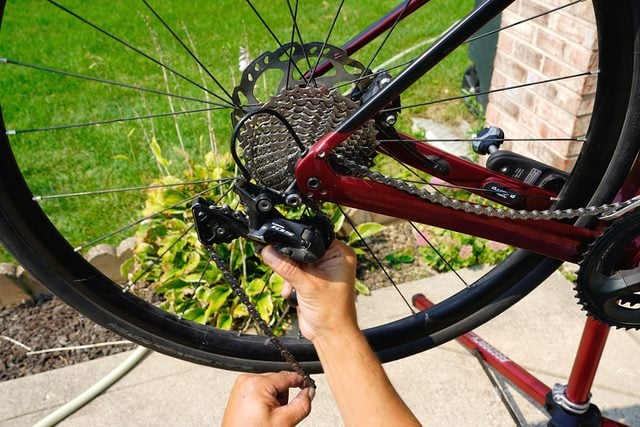That shiny chain on your bike won't last forever, and eventually you'll need a new one. Here's how to replace a bike chain.
Our editors and experts handpick every product we feature. We may earn a commission from your purchases.Learn more.
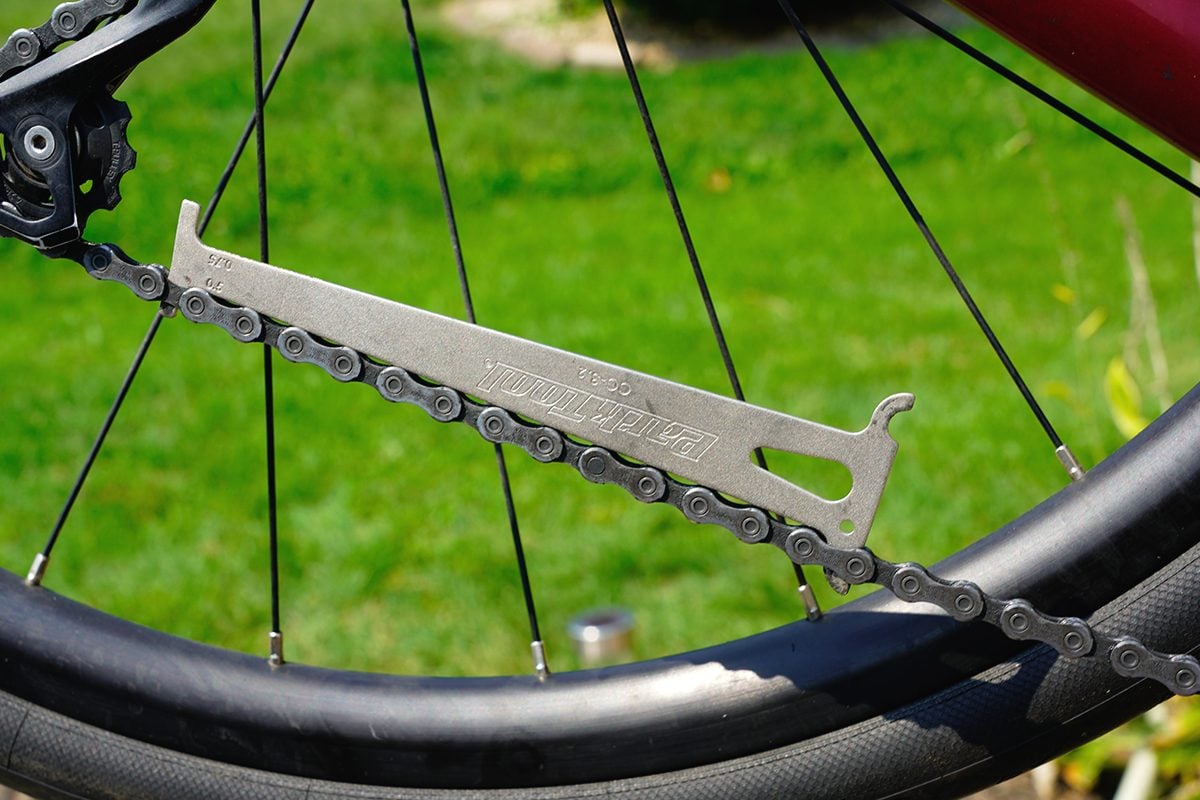

That shiny chain on your bike won't last forever, and eventually you'll need a new one. Here's how to replace a bike chain.
Our editors and experts handpick every product we feature. We may earn a commission from your purchases.Learn more.
An hour or less
Beginner
Less than $100
Out of all the major components on your bike, your chain will wear out the quickest and need replacing the most often. Why? Your drivetrain — the chain, derailleurs, cassette and crankset — works best when in perfect unison. But the more you pedal, the more the chain's internal pins and rollers stretch and wear.
As the wear worsens, the chain no longer fits perfectly over the cassette cogs and crankset chainrings. That causes the bike to shift poorly and prematurely wear down the rest of the drivetrain.
Many experts suggest replacing your chain every 2,000 miles or so, but if you're properly maintaining and lubing the chain you can extend that mileage number. Luckily, replacing a bike chain is relatively easy with some basic tools.
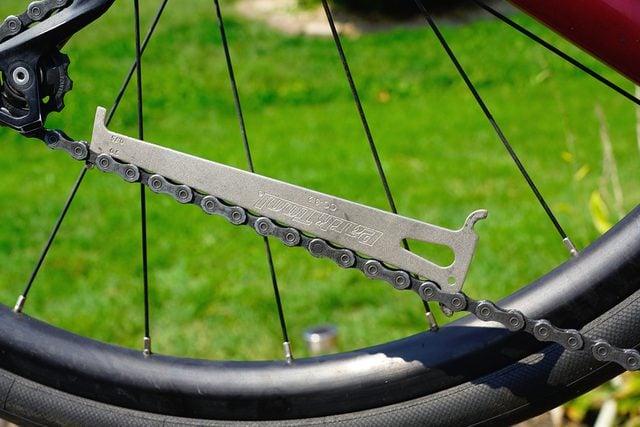
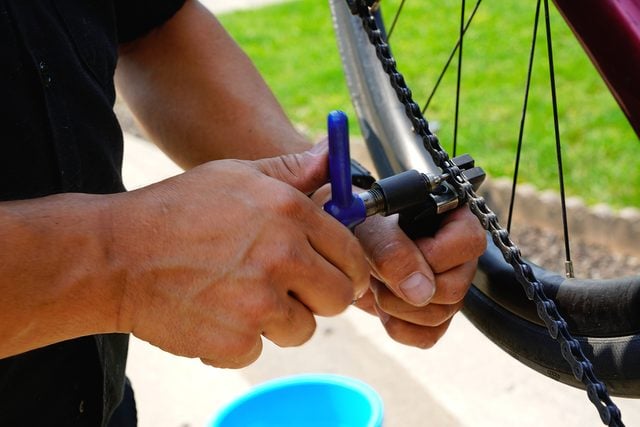
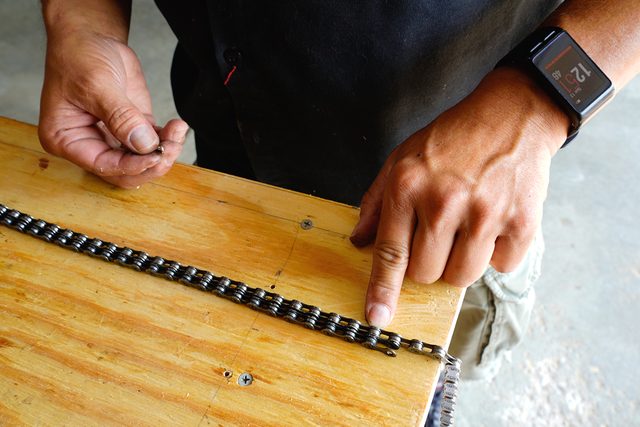
If everything seems to be running properly, time for a test ride!
